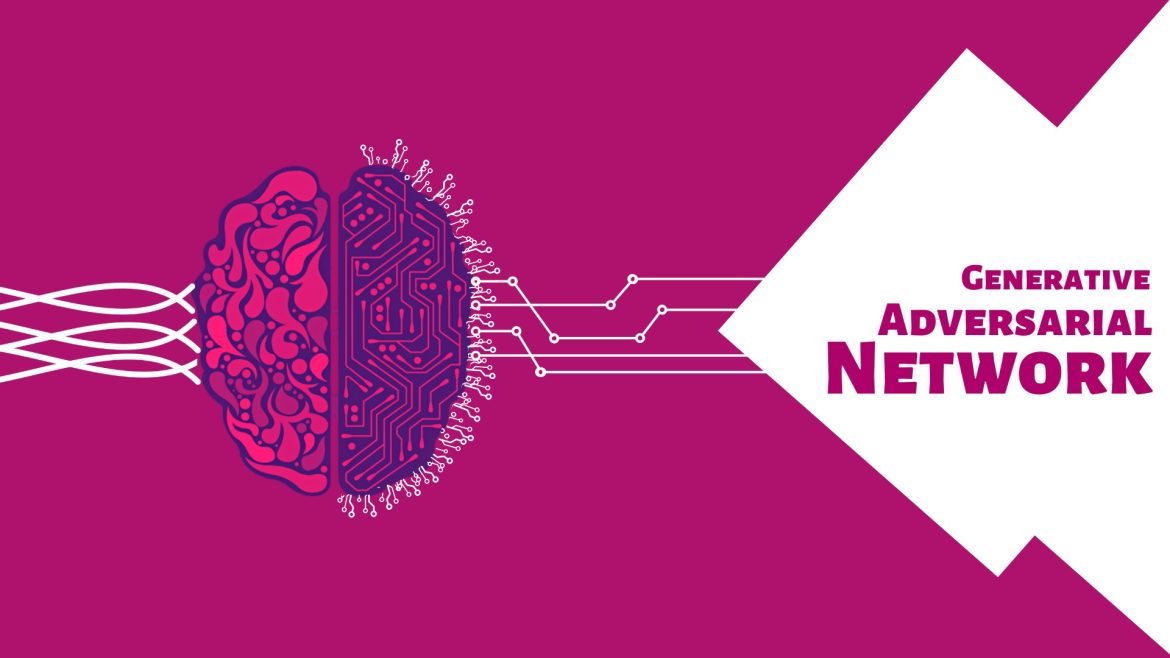Generative Adversarial Networks, or GANs, have emerged as a revolutionary concept in the field of machine learning and artificial intelligence. This innovative framework introduces a novel approach to generating data that mimics real-world distributions. In this article, we will delve into the fundamentals of GANs, exploring their architecture, training process, applications, and potential future developments.
Understanding the Architecture of GANs
At its core, a GAN consists of two neural networks: the generator and the discriminator. The generator aims to create synthetic data samples that are indistinguishable from authentic data, while the discriminator’s objective is to differentiate between real and generated samples. Through a competitive process, these networks are trained simultaneously, with the generator striving to improve its ability to deceive the discriminator, and vice versa.
The generator starts by generating random noise as input and transforms it into data samples. Initially, these samples may bear little resemblance to authentic data. However, as training progresses, the generator refines its output, gradually producing more realistic samples that align with the distribution of the training data. Meanwhile, the discriminator learns to become more discerning, sharpening its ability to distinguish between genuine and fake samples.
The Training Process of GANs
The training of GANs involves a delicate balance between the generator and the discriminator. This process can be likened to a game of cat and mouse, where each network continually adapts in response to the other’s actions. During training, the generator seeks to minimize the discriminator’s ability to differentiate between real and generated samples, while the discriminator aims to maximize its accuracy in distinguishing between the two.
As training progresses, both networks undergo iterative improvements. The generator learns to produce increasingly convincing samples, while the discriminator becomes more adept at discerning subtle differences between real and fake data. This adversarial training process continues until either network reaches a point of equilibrium, where the generator generates samples that are nearly indistinguishable from real data, or until the training process is terminated based on predefined criteria.
Applications of GANs
GANs have found applications across various domains, revolutionizing fields such as image generation, video synthesis, and natural language processing. In computer vision, GANs have been employed to generate photorealistic images, enhance image resolution, and even create entirely new visual concepts. Similarly, in the realm of natural language processing, GANs have been utilized to generate realistic text, translate languages, and perform text-to-image synthesis.
One notable application of GANs is in the creation of deepfakes, where the technology is used to manipulate audiovisual content to produce convincing yet fabricated videos and images. While deepfakes hold tremendous potential for entertainment and creative expression, they also raise significant ethical concerns regarding misinformation, privacy, and the manipulation of digital media.
Future Developments and Challenges
Despite their remarkable achievements, GANs still face several challenges and limitations. One major obstacle is the issue of mode collapse, where the generator produces limited diversity in its output, resulting in repetitive or unrealistic samples. Addressing this challenge requires novel training techniques and architectural modifications to encourage greater diversity in generated samples.
Additionally, ensuring the robustness and fairness of GAN-generated content remains a critical concern. As the technology advances, it becomes increasingly important to develop frameworks for evaluating and mitigating biases and ethical implications inherent in GAN-generated data.
Looking ahead, the future of GANs holds promise for further advancements in artificial intelligence and creative expression. Continued research and innovation in this field are poised to unlock new opportunities for generating realistic and immersive content, ultimately reshaping the landscape of digital media and human-computer interaction.
In conclusion, Generative Adversarial Networks represent a groundbreaking approach to data generation, leveraging adversarial training to produce realistic samples that mirror real-world distributions. Despite facing challenges and ethical considerations, GANs have demonstrated remarkable versatility and potential across a wide range of applications. As research in this field continues to evolve, GANs are poised to revolutionize the way we perceive and interact with artificial intelligence and digital content.

